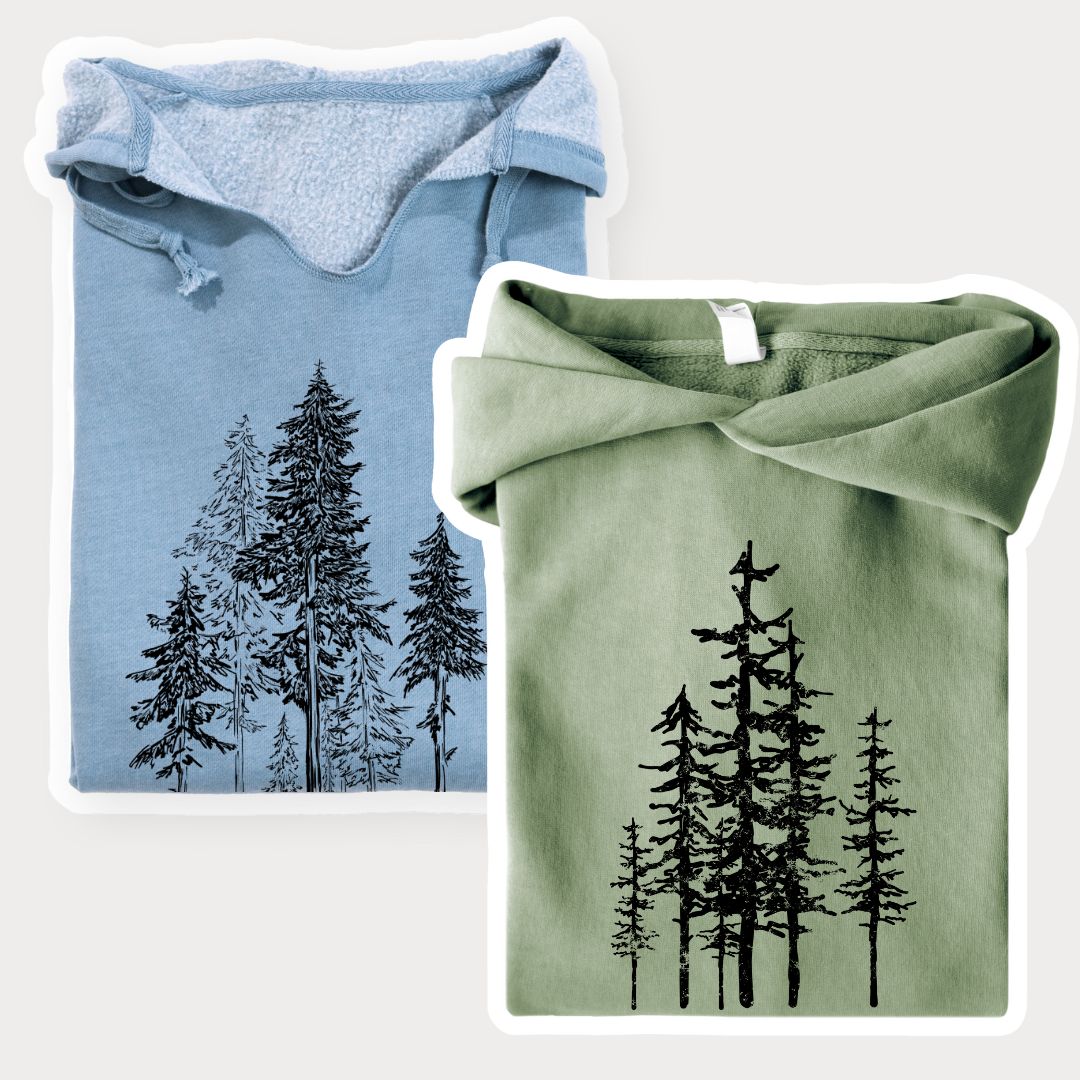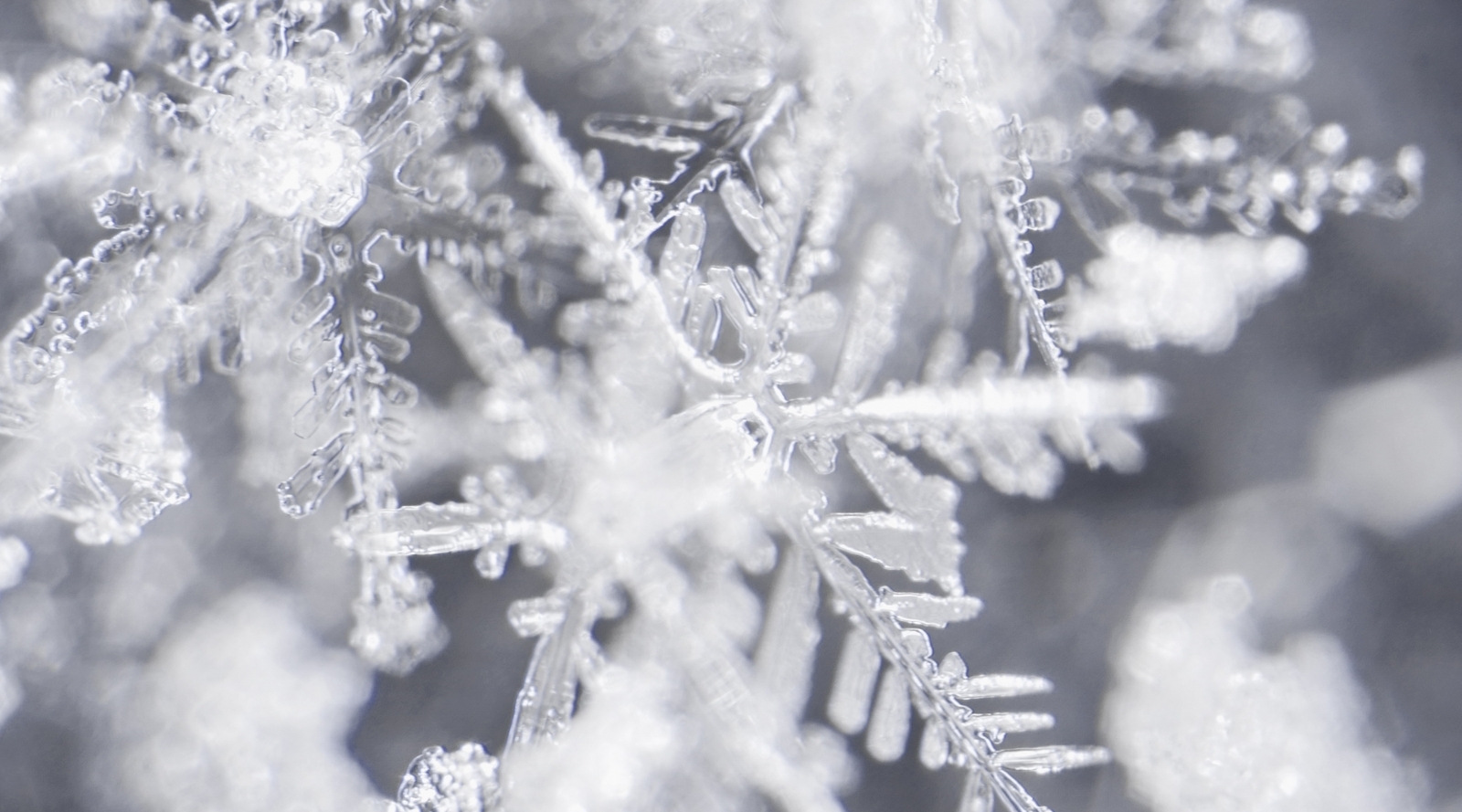Montana Wildlife: The Wild Side of Big Sky Country
If you've ever watched a nature documentary and thought, "I could survive in the wild," Montana's wildlife might have you reconsidering. While Big Sky Country is known for its stunning landscapes, it's also home to many majestic and quirky creatures.Whether you're planning a visit to the great state or just daydreaming about a wilderness escape, let's explore Montana's wildlife. Warning: cute animals ahead!

Grizzlies, and Yes, They Are As Big As They Sound
Montana's most famous resident is the grizzly bear. This creature combines the strength of a bulldozer with the cuteness of a teddy bear (from a distance, mind you). Grizzlies aren't just big - they're huge. Adult males can weigh up to 800 pounds and run up to 35 miles per hour. So, if you ever find yourself in a "Man vs. Bear" race, know the bear is winning.
Grizzly bears are primarily found in western Montana, particularly in Glacier National Park and surrounding areas. Fun fact: the park is one of the last places in the lower 48 states where grizzlies thrive in large numbers. These bears are primarily solitary but share their space with black bears, who are smaller and more likely to run from a human.

Wolves: More Than Just The Villain in Fairy Tales
Once upon a time, gray wolves were nearly wiped out in the continental U.S. through aggressive hunting and habitat loss. But in 1995, wolves were reintroduced to Montana, and now these howling pack members are making a comeback. The sound of a wolf's howl at night in Yellowstone National Park is as spine-tingling as it is magical.
Wolves are very social animals that live in packs, which is a fun way of saying "they have a family." They communicate using facial expressions, body postures, and vocalizations (more in-depth than most family group chats). While they have a reputation as fearsome predators, they play a crucial role in keeping the ecosystem balanced as a keystone species, mainly by keeping elk populations in check. Without wolves, the elk get a little too comfortable, and pretty soon, you've got an overgrazing situation that leaves the landscape looking like a salad bar after a high school lunch break.

Bison: Montana's Original Heavyweights
Speaking of large, fuzzy mammals, let's talk bison. These majestic creatures once roamed the Great Plains in the millions, but by the late 1800s, they were nearly extinct. Thanks to conservation efforts, though, they're making a solid comeback. Yellowstone National Park is home to the largest bison population in the country, and these animals don't just stand around looking stately - they can also run up to 30 miles per hour. That's faster than most of us can run, and they weigh a ton, literally.
Bison are iconic in Montana, embodying the wild, untamed spirit of the West. But remember, despite their slow-motion galloping appearance in documentaries, bison are wild animals. So, keep a respectful distance when you see them - despite their zen-like grazing, they're known to charge when they feel threatened.

Elk: The Graceful Giants
Elk are like the celebrity influencers of Montana wildlife - charismatic, always ready for a photo op, and sometimes causing traffic jams in Yellowstone as they casually stroll down the road. In the fall, you might hear a bull elk's eerie bugle call echoing through the valleys. This sound, a mix between a scream and a whistle, is his way of saying, "Hey ladies, check me out," as he struts around like he owns the place (which, to be fair, he does).
Elk are herd animals, and you'll often see them grazing in large groups in valleys and meadows. When food is scarce in the winter, they migrate to lower elevations where the snow isn't as deep. Elk will leave the safety of Yellowstone National Park to venture into ranch lands, where they sometimes become an issue for local farmers. Even wildlife needs a snack break, right?

Mountain Goats: The Daredevils of the Animal World
If you've ever wondered, "What would it be like to live on the edge?" ask a mountain goat. These sure-footed creatures make their homes on Montana's craggy cliffs and steep mountainsides, defying gravity with every leap. With their thick white coats and curved horns, mountain goats look like they've just wandered out of a wintry fairy tale.
Though they're often spotted scaling near-vertical rock faces, mountain goats are surprisingly gentle herbivores, munching on grasses, herbs, and shrubs. They've got a robust social structure, too, with females leading the charge in family groups called "nursery herds." It's like a goat version of daycare but involves way more cliff-jumping.

Bald Eagles: Not Just a National Symbol
You know you've made it as a bird when you become the emblem of an entire nation. Bald eagles are one of Montana's most iconic birds, and seeing one soar above a river or lake is a breathtaking experience. These eagles are often found near water, where they can easily catch fish - though they'll happily steal food from other birds if given the chance. (Who knew the national bird had a mischievous streak?)
Bald eagles build the largest nests of any bird in North America and mate for life. The phrase "eagle-eyed" isn't just a saying - these birds can spot a fish in the water from several hundred feet up, which is probably more than you can say for your misplaced car keys.

Moose: The Gentle Giants with Antlers to Match
Montana's moose are like the friendly giants of the state's wildlife. They're the largest members of the deer family, with males sporting antlers that can spread up to six feet across. Moose live in forested areas near water and feast on aquatic plants and shrubs.
Despite their size, moose are surprisingly solitary creatures. You won't find them hanging out in big herds like elk. Instead, they like to keep to themselves, grazing quietly in the marshes. But don't let their calm demeanor fool you - moose can be territorial, especially during mating season. If you ever encounter one in the wild, admire it from afar. Nothing ruins a good wilderness adventure like an irritated moose charging at you.

The Smaller (But No Less Important) Critters
Not every wildlife encounter in Montana is about giant mammals or soaring eagles. The state is also home to many smaller, often overlooked creatures that play essential roles in the ecosystem, such as the American pika, a small, fluffy rabbit relative. American pikas live in the rocky talus fields of Montana's mountains. Similarly to wolves, these tiny creatures are a keystone species, so their presence helps maintain the ecosystem's structure. They often scurry around collecting grasses and wildflowers to stockpile for winter.
You'll also find plenty of amphibians like the Columbia spotted frog, which is native to the wetlands and ponds of Montana. While they might not get the same level of attention as grizzly bears, they're equally important in keeping the natural balance.

Respect the Wildlife, and It'll Respect You Back
Whether you're planning a hiking trip, camping in one of Montana's national parks, or just hoping to catch a glimpse of a grizzly (from a very safe distance), it's important to remember that Montana's wildlife is just that - wild. While it's incredible to encounter these creatures in their natural habitat, they should be admired with respect and caution. Montana has rules to protect the wildlife and the humans who want to observe them. So, give the animals their space, pack out what you pack in, and remember: no selfies with bison, please.
Montana's wildlife is one of the many things that makes the state unique. From the thunderous sound of bison hooves to the rustling of pika in the rocks, there's something incredible around every corner. So, the next time you're in Big Sky Country, take a moment to appreciate the creatures that call it home. And if a moose happens to stroll by? Just let it go about its business - it's probably got more important things to do than pose for a photo.
















Leave a comment (all fields required)